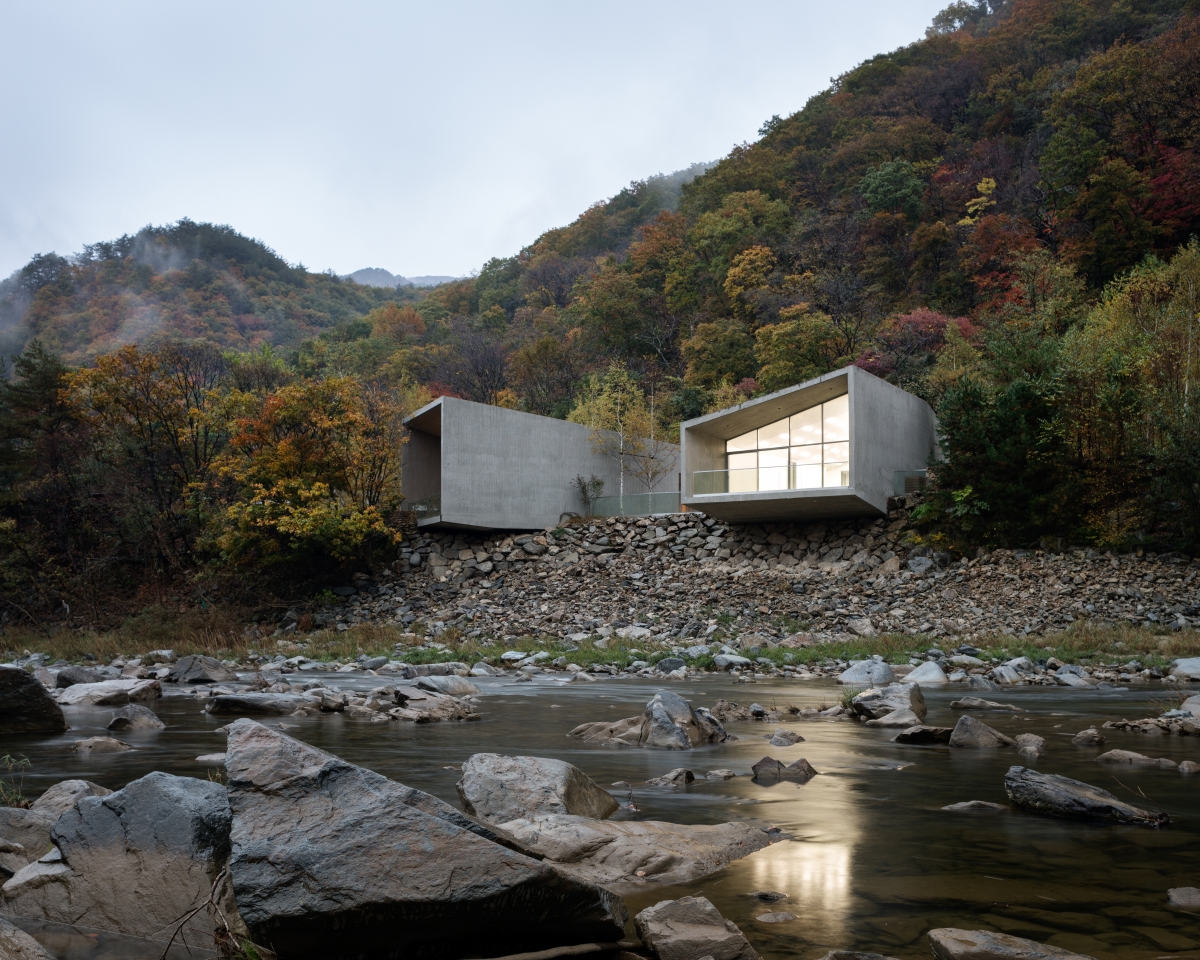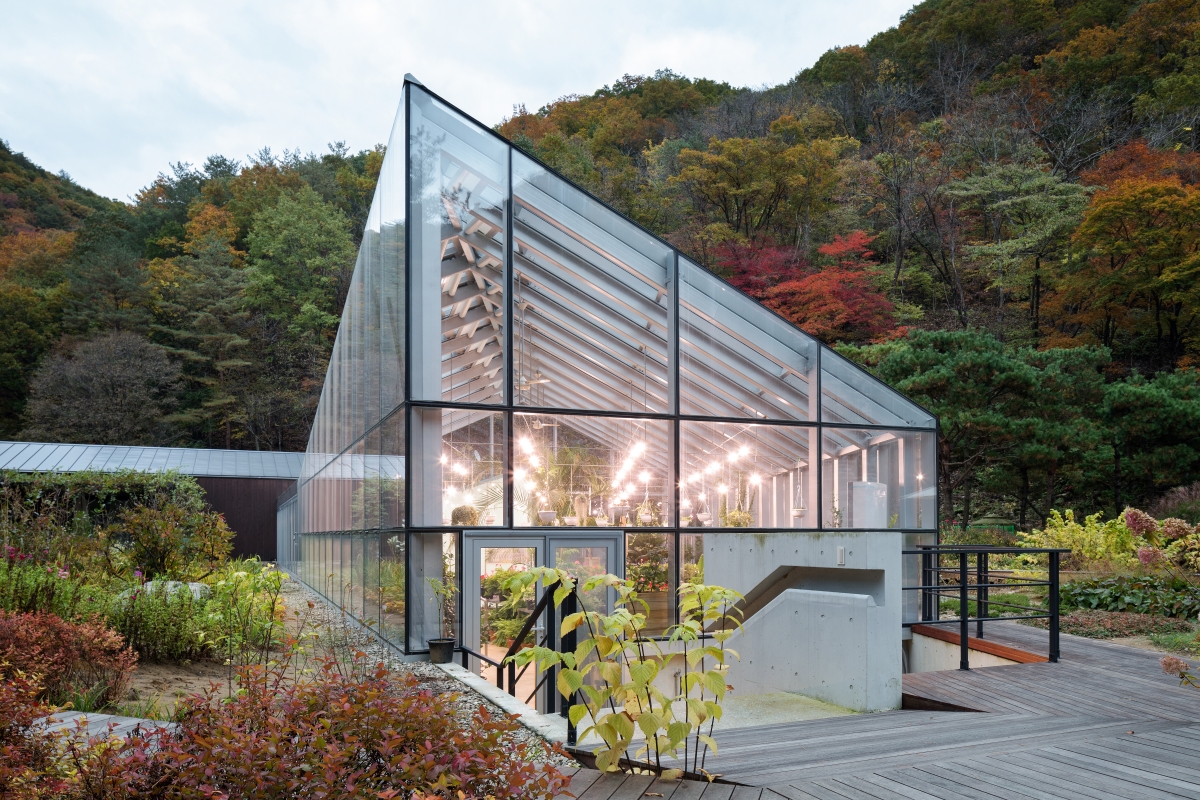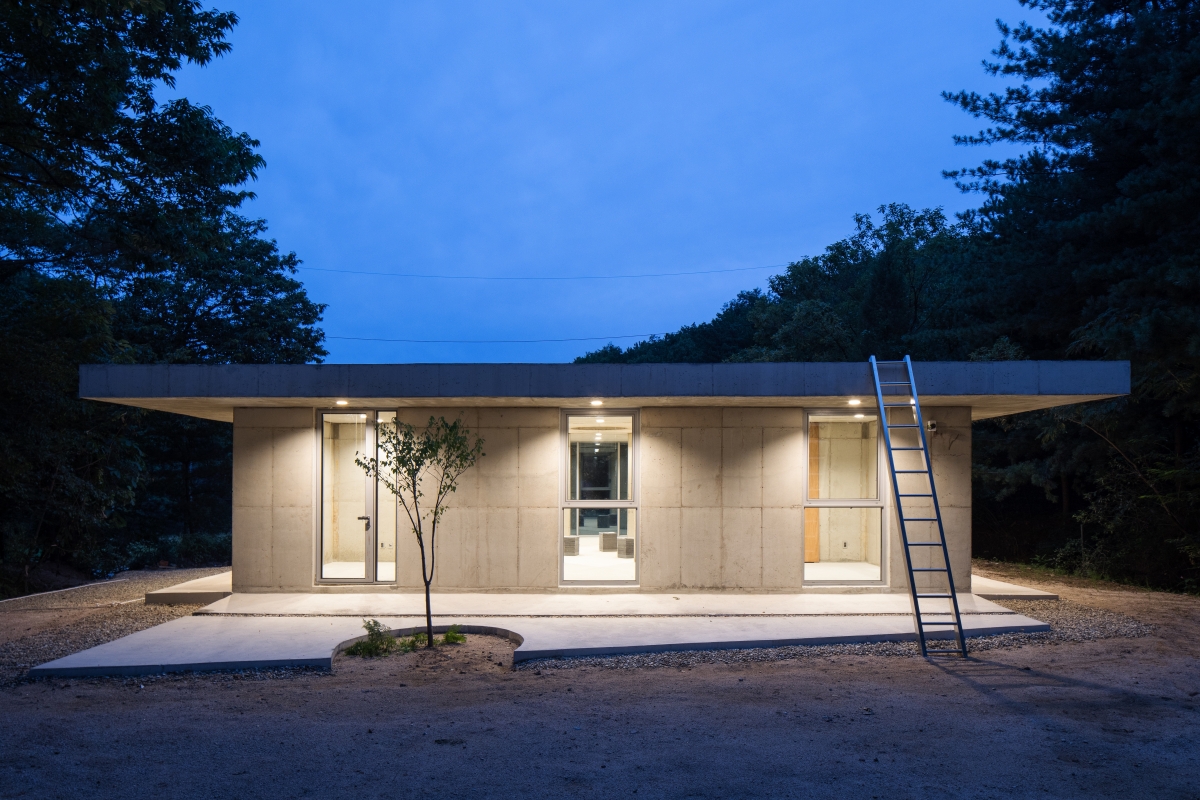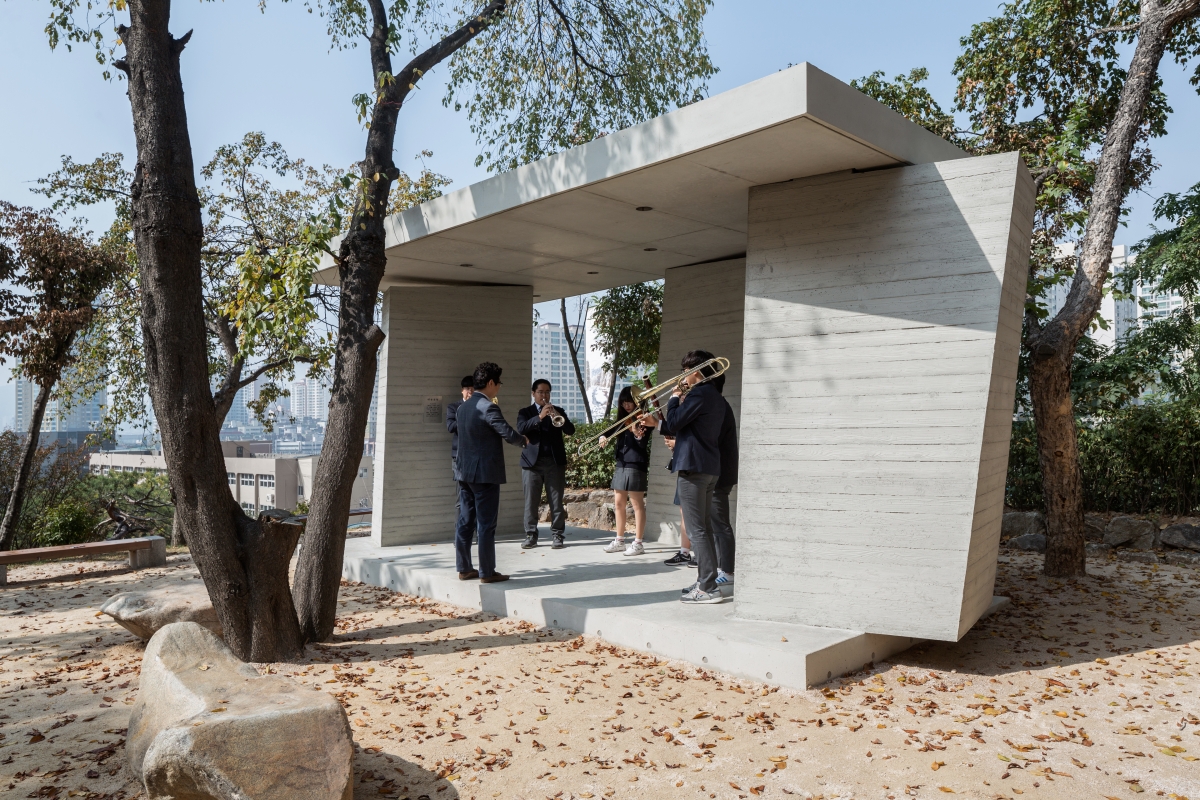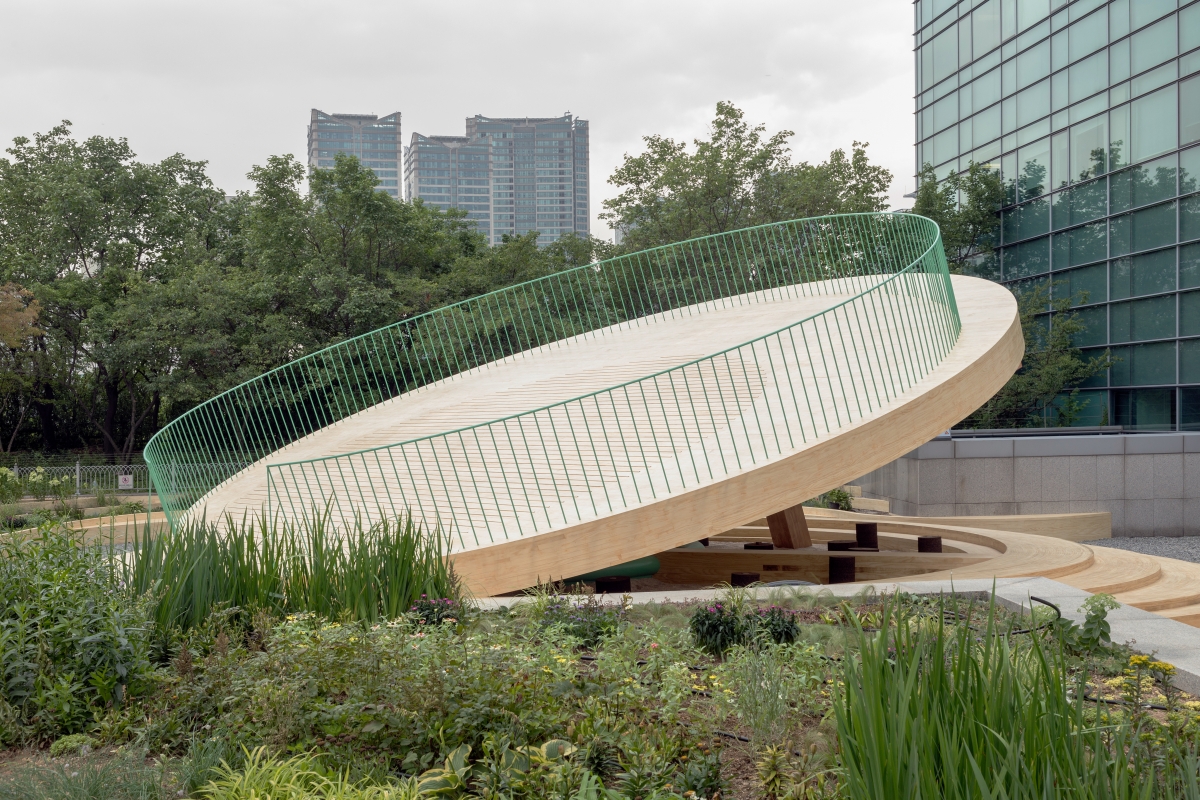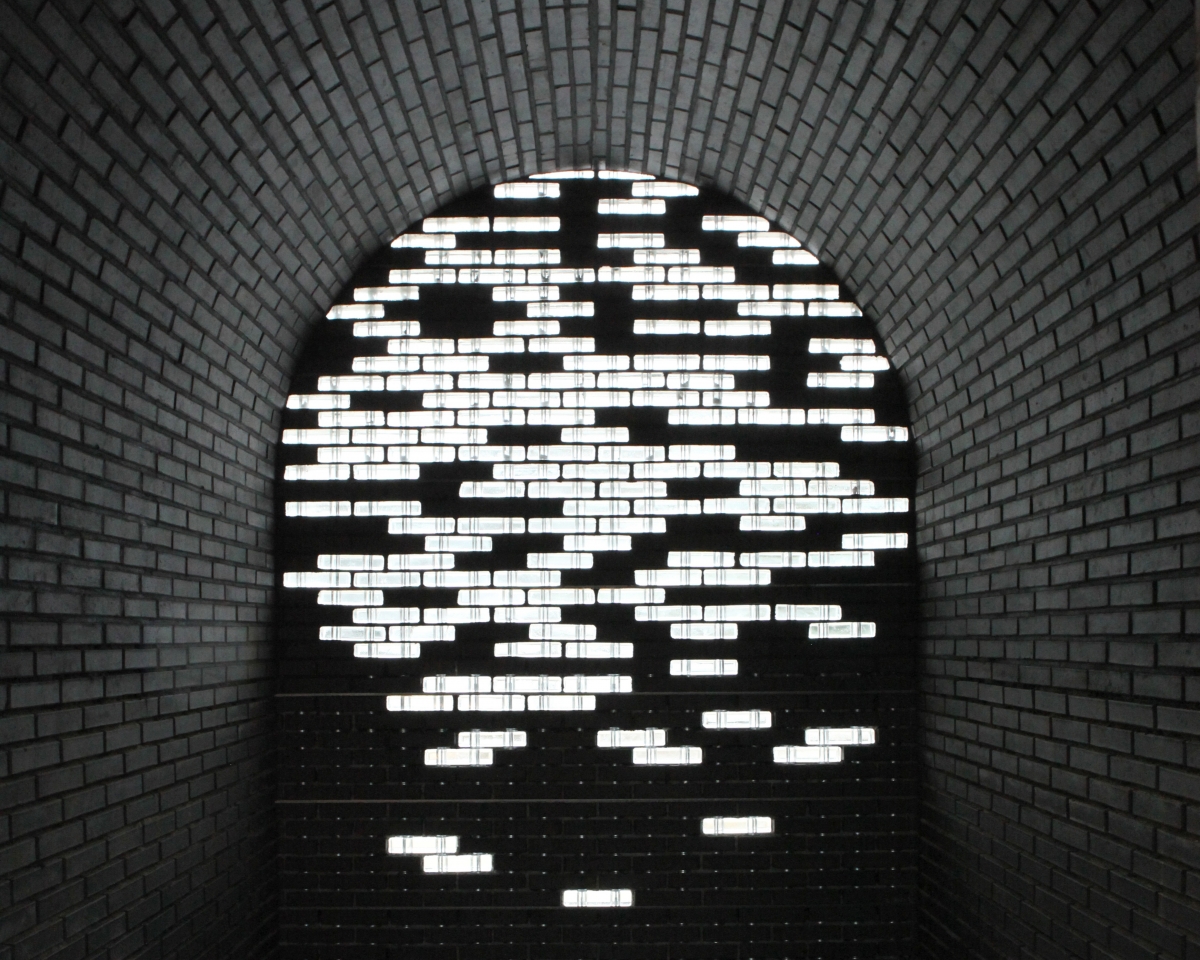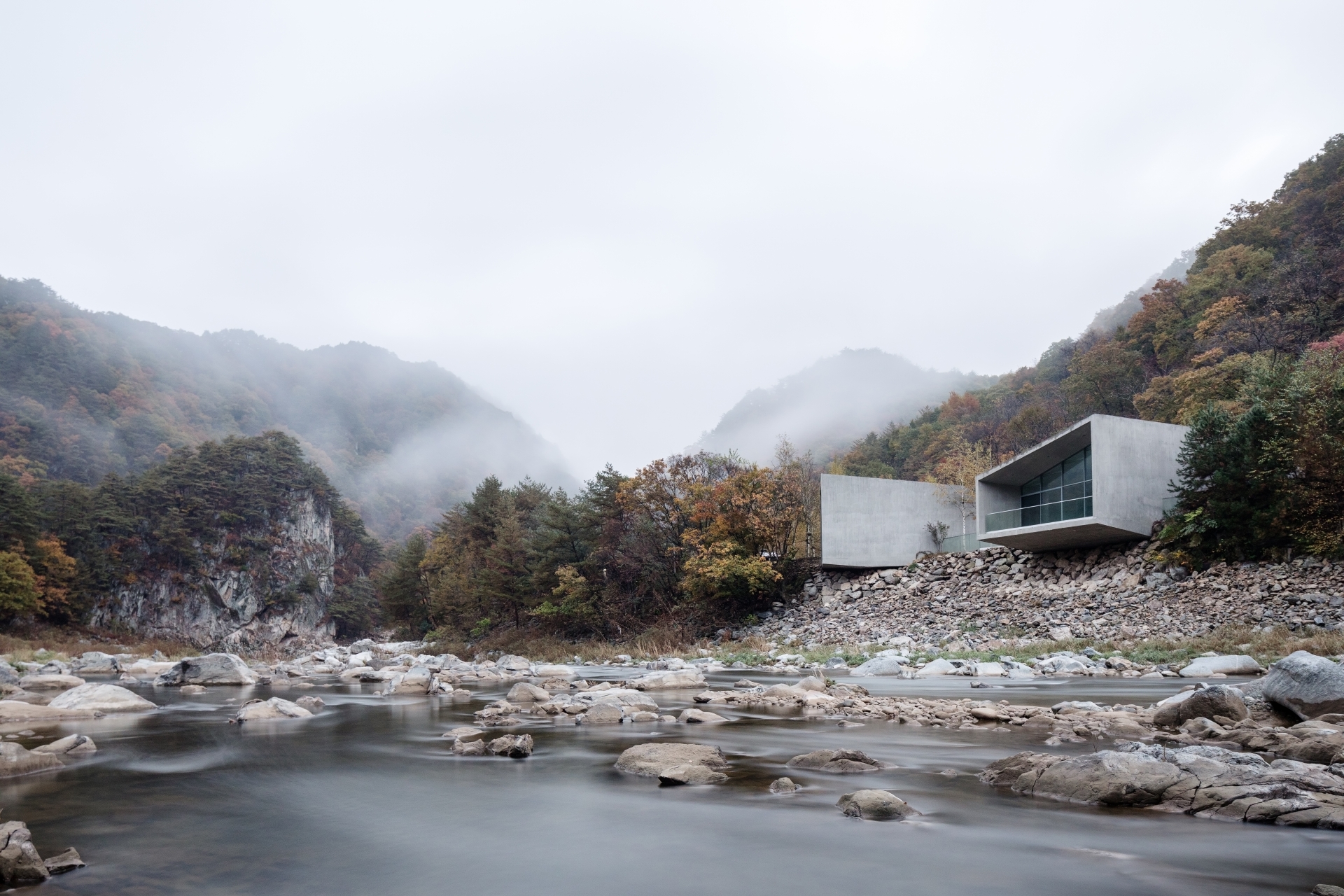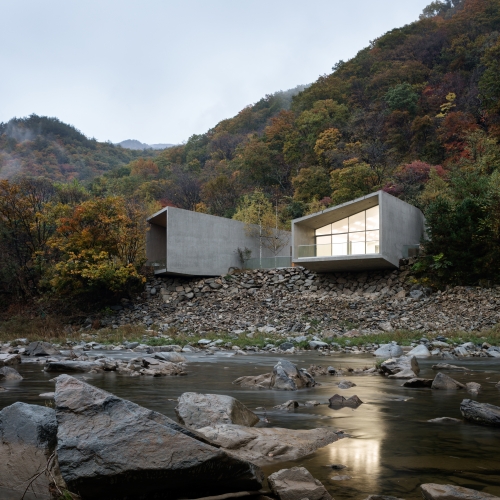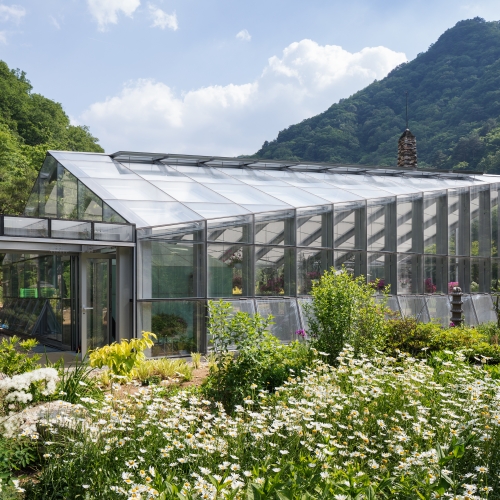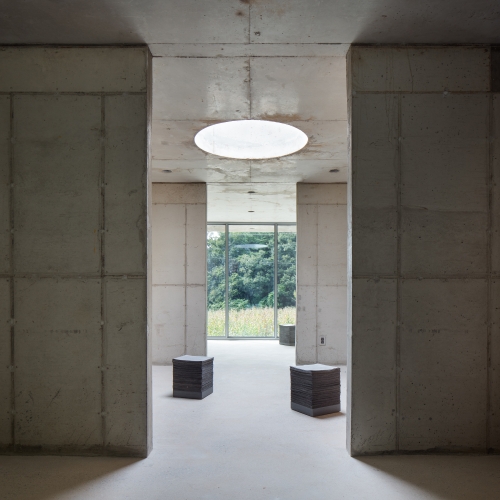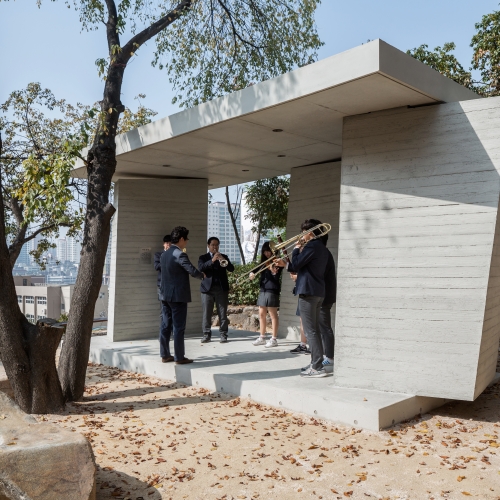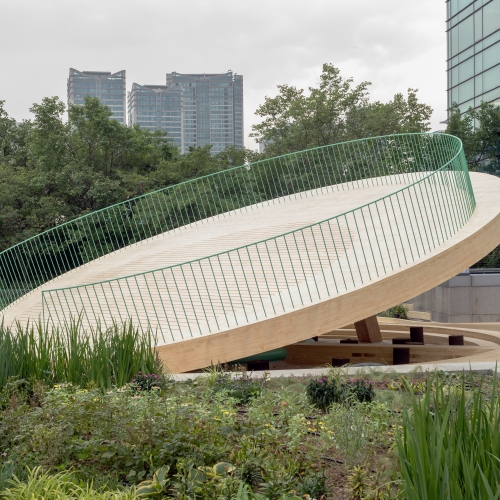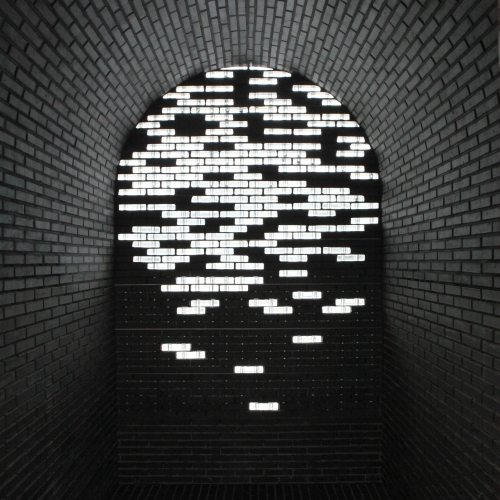13 Keywords to Address NAMELESS Architecture
Radical
There is one tree. If the tree is withered, its visible branches and leaves will have to be removed for it to be cured. Yet a more radical method could be to fertilise the soil and find the cause from there. The word radical is derived from of roots or from roots, originated from the Latin ‘radicalis’. The cure from roots, not from the withered leaves, makes the weakened tree radically healthy. The approach to daily life is not that different. The architect acts to construct and cure a given place, at which point the living may begin with fundamental and radical acts: of affection for the trivial matters nearby and of finding the hardly-noticeable roots. Being interested in the root is often perceived as being apart or separated from life. However, the latent power of roots can make one attain a holistic view. It also forms the basis for firmly securing the whole, which ranges from the small business of daily life to the public values
Architecture–Acts
For Architecture-Acts, interactions between the elements surrounding the building must occur – elements including not only the land where the building is standing, but also the programmes, functions, and materials. Especially, the possibilities of architecture can be found when one doubts and ponders the typicality of familiar facilities, uses, and materials. Architecture-Acts does not begin with the simple act of production. Rather, it starts with the act of seeing familiar matters from an unfamiliar perspective.
Natural and Artificial
There are a few unpredictable possibilities between ‘natural’ and ‘artificial’:
‘Natural’ and ‘artificial’ establish each other.
‘Natural’ and ‘artificial’ form each other.
‘Natural’ and ‘artificial’ define each other.
‘Natural’ and ‘artificial’ rely on each other.
‘Natural’ and ‘artificial’ follow each other.
Liquid Stone
Among the artificial materials that are found in contemporary society, concrete is produced and consumed the most. The mixture of crushed stone, gravel, sand, and water reacts to the specific temperature and pressure, becoming solidified afterwards. In other words, concrete is made of components and processes that are not that radically different from stone found in nature. The only difference is that natural stone is found in a naive state, yet concrete is made to a predetermined shape. This implies the possibility for concrete with flexibility in its liquid state. Concrete is Liquid Stone.
Destructive–Constructive
Architecture, as its own paradigm, has relied on nature for a long time. Architects attempting to actualize spaces through cloning, transformation, and the interpretation of nature is no longer strange. Even if nature is not considered under design criteria, the existence of architecture itself depends on nature through the occupation of the land. At the same time, architecture’s property for construction gains a destructive power towards nature. The trees are cut down, the ridges are cultivated and leveled, and the lands are excavated to make the foundations. Destruction–Construction, the interactive relationship that is inherent in architecture, demands a new system of perception.
Lo-fi
A lo-fi aura is somewhat inaccurate, indelicate, and clumsy. Sometimes it is viewed as a mistake. However, they are 1) more inclusive in their relationships with the world than perfect values, 2) never reluctant to have a connection with nature, and moreover, 3) best suited to live and breathe with people. In the imperfect world, lo-fi can contain more stories about the relationship. Lo-fi architecture is natural.
Simplicity
Simplicity is a condition where nothing is extreme, so it is therefore easy to establish relationships with others. This suggests that it can be accepted naturally, rather than be subject to analysis and interpretation through a minimized relationship with the external world. Simplicity, in the face of the story of a complex and endless world ahead of us, can reveal its smallness and bring a newness to the world.
Discord
There are two places. The first is a concrete retaining wall that has been stained badly – as badly as it is difficult to judge the turn of the time – with all the debris and stones mingled up together. It symbolizes a construction site, under the bridge, or even an artificial place – or even a ruin – that is no longer be reached by humans. The second place is comprised of a white grid structure across the top, and white vertical columns supporting it. Their usage and purpose cannot be specified. However, they create a monumental scene similar to that of a temple, which reveals completeness through the structural order and the purity of white that washes off physical properties. Imagine the unfriendly experience of these two places when formed into a single space. Despite the nature of the contrast that such a difference creates, this unfamiliar scene where creation and extinction coexist paradoxically feels affluent – like other scenes from nature.
Space Smells Like…
Smell is an empirical sense. Good, bad and odd smells are not a priori but based on the experience. In the absence of acquired knowledge, it is difficult to judge the actual substance of the smell. Compared to other senses, this is a narrow and exclusive sensory, whereas it induces a very multi-layered experience. The smell of space is the overall atmosphere of a place, felt through memory, experience, and cognitive processes.
Boundaries
There is always a tension between boundaries: between nature and architecture, inside and outside, walls and floors, steel and wood, roughness and softness, darkness and brightness. The similarity of these boundaries is the tension that occurs from the difference between them. A large part of Architecture-Acts is coordinating a balance between these interactive forces. The looseness of boundaries displays the relaxedness of each other, and the tight tension maximises the possibility of each other through collision.
House
House is the most primitive place. If we go back to the origin of the house, there is no distinction between the realms of nature and habitation. The habitable space in a cave, in the shade of a tree, or in a small valley between hills, must have been discovered rather than originally built. It is a resting place to hide from rain and wind, to share the pleasure between family members, and at the same time, to relax from the harshness of life. Despite the changes in time, the origin of the house does not change. A house is the most basic and fundamental place.
Contingency
Architecture is based on contingency. It is difficult to predict when, from where, and how the forces from the outside will be coming. Even if they are predictable, it is hard to react without having transcendental authority. This is due to the imperfection and unpredictability of a world that cannot be structured, rather than a structured order.
Imperfection
There is a minute difference between perfection and imperfection. The perfect circle becomes independent from its surrounding and carries a pure self-completeness. Yet the disordered circle reveals fullness through harmonising with its surroundings, in spite of the absence of completeness. This is a matter of having or not having relative values that are changeable based on the fundamentals.
Even if it is based on solid matters that already exist, the belief that everything from the past can be reinterpreted and rediscovered allows one to look at the lacunas between the new relationship. There are interacting and imperfect possibilities existing, such as the ones between natural – artificial, heavy – weightless, firm – fragile, permanent – flexible, and simple – complex. Architecture’s imperfections emerge as other possibilities.
